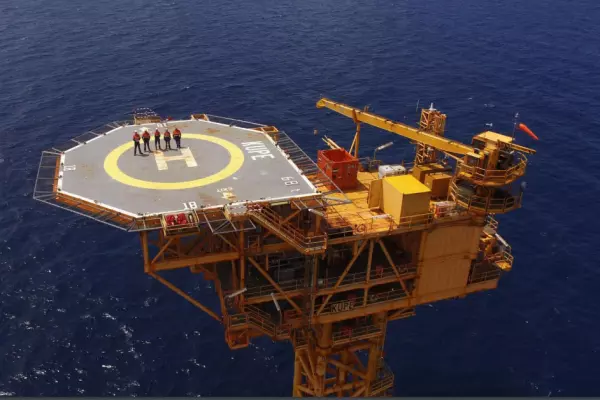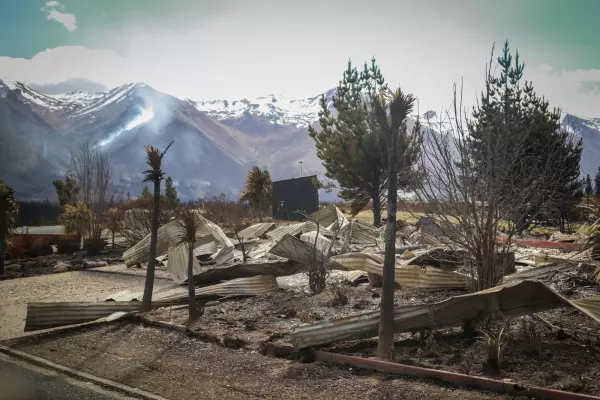New Zealand’s greenhouse gas emissions continued to increase in 2019 and reached a record high, Statistics NZ said today.
Industry-related emissions were up 2.5% to 75,143 kilotonnes of carbon dioxide equivalent (CO2-e) in 2019 compared to 2018.
This is the highest recorded level since the series began in 2007.
Emissions from households dipped slightly, down 0.3% to 9,828 kilotonnes CO2-e. As a result, greenhouse gas emissions from industries and households increased 2.1% (1,778 kilotonnes), compared with 2018.
NZ has signed up to the Paris Agreement on climate change to limit global warming to 1.5°C. According to the Intergovernmental Panel on Climate Change, this requires global net carbon dioxide emissions to decline by 40% to 58% from 2010 levels by 2030, reaching net zero around 2050 with deep reductions in other greenhouse gases.
Stats NZ’s figures are for gross emissions and do not cover net emissions, which include things like carbon offsetting such as planting trees. They also differ slightly from the Ministry for the Environment’s figures, but both sets of data have shown similar trends.
It also should be noted the figures only cover to the end of 2019.
When covid hit there were large changes to emissions profiles with transport use dropping and the international tourism sector collapsing.
While the tourism sector has not returned to normal, other parts of the economy have with the assumption emissions have followed a similar path. One aberration to this pattern has been the increased use of coal for electricity generation in 2021 to cover for low hydro lake levels and a shortage of gas.
Stats NZ said the top five contributors to industry and household emissions in 2019 were:
- Agriculture, forestry, and fishing, 43 megatonnes CO2-e (51% of total emissions).
- Manufacturing, 12 megatonnes CO2-e (14%).
- Households, 9.8 megatonnes CO2-e (12%).
- Electricity, gas, water, and waste services, 8.1 megatonnes CO2-e (9.6%).
- Transport, postal, and warehousing, 5.9 megatonnes CO2-e (6.9%).
Overall, total greenhouse gas emissions in 2019 increased 1.9% (1,621 kilotonnes) compared with 2007.
Household emissions rose 12% (1,089 kilotonnes). Industry-related emissions rose 0.7% (532 kilotonnes).
The manufacturing industry had the largest increase in emissions, up 1,655 kilotonnes in 2019 compared with 2007.
This is largely due to an increase in the manufacturing sub-industry of petroleum, chemical, polymer, and rubber product manufacturing, which was up 1,353 kilotonnes (78%) over that time.
The largest decrease in emissions was in the electricity, gas, water, and waste services industry, down 2,949 kilotonnes in 2019 compared with 2007.
Other large movements in 2019 (compared with 2007) were:
- Agriculture, forestry, and fishing, up 1,005 kilotonnes (2.4%).
- Construction, up 588 kilotonnes (86%).
- Mining, down 343 kilotonnes (17%).
- Transport, postal, and warehousing, up 303 kilotonnes (5.4%).
Emissions intensity fell in 10 industry groups and rose in four.
Emissions intensity is the level of greenhouse gas emissions per unit of economic output (gross domestic product). It tells if an industry is moving towards less or more emitting production processes.
If economic output increases at a greater rate compared to emissions, emissions per unit of economic output are less and the emissions intensity decreases.
Emissions intensity decreased at an annual average rate of 2.1% a year from 2007 to 2019. This was due to a 0.2% a year increase in emissions, while GDP increased by 2.3% a year on average.
By industry, the largest movements in emissions intensity between 2007 and 2019 were:
- Wholesale trade, up 44%.
- Electricity, gas, water, and waste services, down 39%.
- Retail trade, down 38%.
- Arts, recreation, and other services, up 33%.
- Telecommunications, financial, rental, professional, and administrative services, down 32%.














